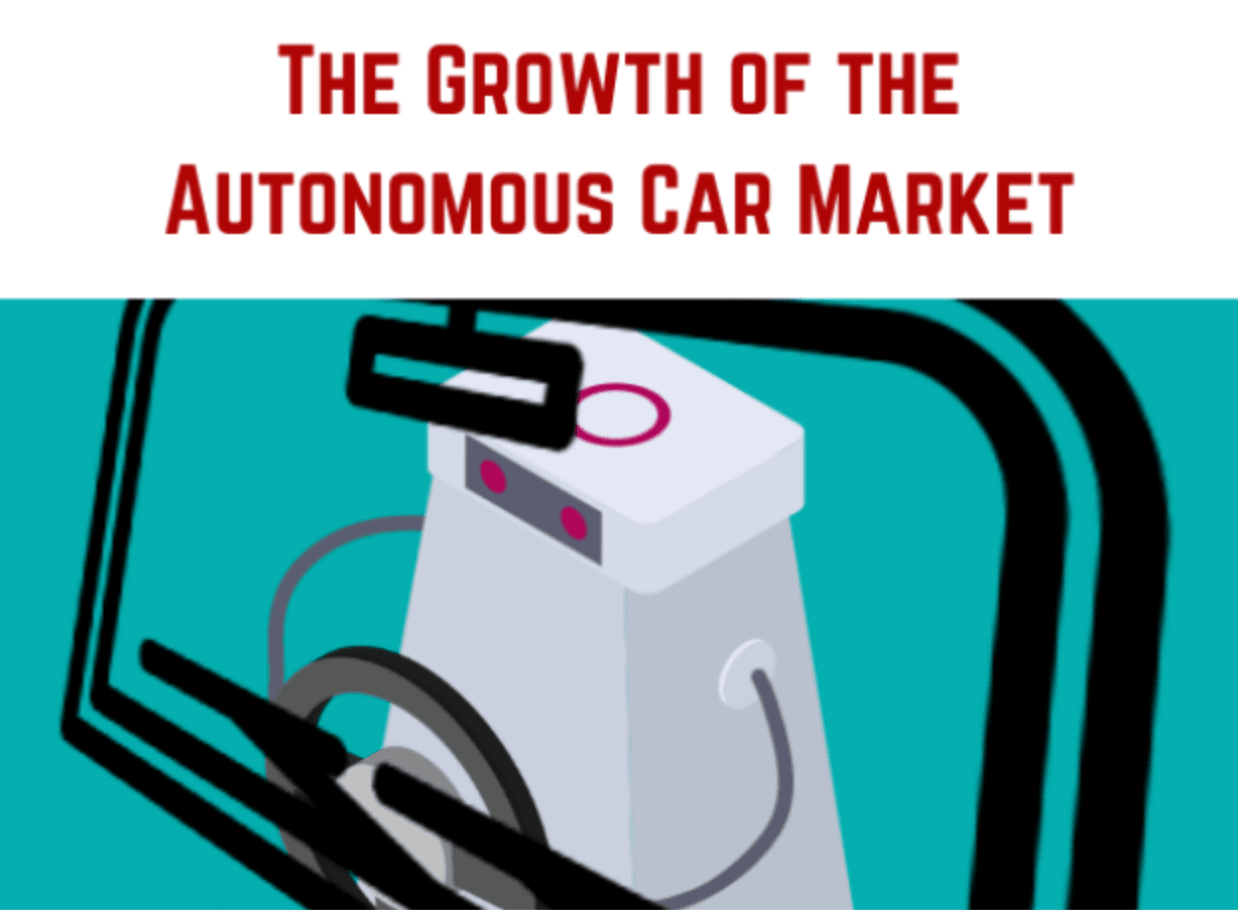The concept of driverless cars and autonomous vehicles always feels a little out of reach. Even in a world filled with smartphones that are perpetually connected to the internet, homes filled and run by virtual assistant AIs and almost every form of entertainment ever created available at a click of a button, we still consider a vehicle with no one behind the wheel something that seems more familiar on Black Mirror rather than on our own roads.
As futuristic as autonomous cars may seem, they’ve been an idea that’s been on the radar of scientists, engineers and mechanics for almost a century. Adhering to the theme of ‘The World of Tomorrow’, General Motors presented ‘Futurama’, an exhibit that showcased the likes of flying machines, advanced automobiles and streets & highways with semi-autonomous cars. This notion became a legacy that inspired countless advancements in autonomous vehicle technology, even in the 20th century alone.
Driverless cars the future?
Q4 2019 hedge fund letters, conferences and more
At the dawn of the 21st century, we saw massive progress being made for driverless cars, with some projects being spearheaded by titans of the industry, such as GM, BMW and Audi, as well as newcomers or outsiders to the car manufacturing process, such as Bosch, Google and Apple. The US Military even began working on their own autonomous vehicles, showing the world that there were plenty of practical applications for a driverless car other than a more relaxing drive to the supermarket.
Whether it was for the sake of smoother travelling, reliable transportation or even potential advantages on the battlefield, the potential of autonomous vehicles was beginning to emerge for industries across the globe. Even the most seemingly simple advantages, such as lower insurance costs due to more reliable driving, pale in comparison to larger benefits, including less of a need for costly & energy-consuming air travel, thanks in no small part to the implementation of autonomous driving technology in more accessible transportation.
Enter Tesla
One of the greatest benefits for utilising driverless cars was a massive economic incentive, with projections suggesting that the US economy alone could save a staggering $1.3 trillion per year. Among other societal improving reasons for this incredible economic relief were a great reduction in road accidents, more efficient use of fuel and an improved traffic flow. These advancements can even create ripples in unlikely markets, with real estate being a prime example. After all, with more effortless travel that’s beset by fewer traffic concerns or delays, people will begin prioritising close proximity to inner cities for jobs less and less, encouraging an ‘urban sprawl’ and an increase in demand for homes further from a city centre.
Of course, any major advancements are still out of reach - but only just. The latest reports from big players on the automation stage suggest that the likes of Tesla, Ford and Fiat will have cars with at least ‘some’ autonomous capabilities ready for launch by the end of 2021 and that some manufacturers are confident in having fully self-driving vehicles rolling out onto the roads by the end of 2020. Delays and bumps along the road are inevitable, but these confident projections reveal just how far we’ve come since GM’s Futurama first emerged at the New York World’s Fair.
Despite these exciting developments, it’s public opinion that will ultimately make the transition from default to driverless cars. Trusting new technology has never been much of a stretch for Western countries, even with the odd hiccup or concern such as the almost-invasive feeling of virtual assistant AIs, but relinquishing control within a moving car might be one step too far.
Learn more about driverless cars
Even if the technology is available and utilised to some degree on the road, the idea of fully giving up the wheel to the car itself might seem too scary for some. However, recent studies suggest that the gap between scepticism and acceptance is closing all over the world.
Even between 2017 and 2018, public opinions on driverless cars changed dramatically. For example, when asked about whether they’d trust driverless cars, people in both China and Mexico admitted that they would, with their approval ratings changing from 38% to 74% and 42% to 76% respectively. Even in the UK, in 2017 only 27% of participants said that they’d happily climb into a driverless car for a long journey, whereas the following year that number skyrocketed to over half of the people asked saying that they’d let the car take the wheel.
With all of these advancements in mind, it’s not hard to picture a day in the near future where our roads will be safer, our journeys are shorter and our lives become generally a little easier thanks to autonomous vehicles. But many questions remain, such as what an autonomous vehicle is actually capable, what challenges still need to be overcome, and a greater understanding of what steps have been taken to get us to where we are today. This is why Stanley R Harris has created the following infographic, allowing these questions, and more, to be answered with a little more clarity.







